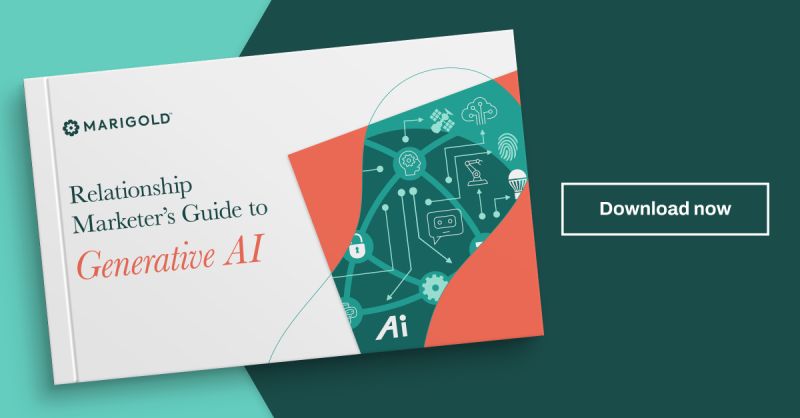How to Master Carbon Conversations in the Print and Packaging Industry
09 Nov 2023
Addressing the carbon footprint of the print and packaging industry is no longer a choice; it's an absolute necessity. The days when using certified materials was sufficient to stand out are long gone. Now, clients are seeking greater transparency and demanding carbon accountability.
Why Carbon Matters
Carbon has become one of the most pressing concerns for our world. In September 2023 the Stockholm Resilience Centre warned that we have now crossed dangerous climate change thresholds. Carbon has firmly cemented its place in everyday discussions - from world and government legislation to company boardrooms, cascading down to the daily interactions you have with your clients.
As climate change intensifies, consumers, brands, and governments are increasingly looking to businesses to take action. It's crucial to grasp not only topline environmental necessities but also to be honest about your impact on the environment in order to safeguard your place in the industry.
Building Client Trust
One of the biggest challenges in addressing carbon is trust. Environmentally centred conversations are often clouded by greenwash and vague sustainability claims. Naturally, clients are becoming suspicious. They want to know that commitments to carbon reduction are genuine. Transparently communicating carbon initiatives is the key to fostering trust and credibility.
To do this organisations need to navigate the technical jargon and convey complex concepts in a way that's clear and sincere.
Carbon accounting comes with its own language—carbon dioxide equivalent (CO2e), emission factors, Scope 1, Scope 2, and Scope 3 emissions, carbon footprints, Net-Zero, and more. Mastering this terminology is essential for effective communication. Clients want to know that you understand the intricacies of carbon disclosure, and they expect you to be their guide on this journey.
Compliance pressures and regulatory demands are emerging from every corner. The landscape is changing fast, with energy efficiency labels, carbon footprint labelling, and producer responsibility schemes becoming the norm.
However, amidst these demands, there's a plethora of sometimes conflicting information, creating confusion for everyone. The challenge is clear: how do you cut through the noise and become a trusted partner whilst putting your efforts into providing value for your clients?
CarbonQuota’s recent deep dive into mastering carbon conversations tackles the issues of terminology, regulation, and transparency head on.
Practical Steps for Carbon Reduction
Once you've mastered the basics, the next challenge is taking proactive steps toward carbon reduction. It's not always easy, especially in an industry where margins are tight, and resources are limited. How do you initiate and integrate carbon reduction practices? How do you prioritise actions that make the most significant impact on your carbon footprint?
The path to carbon responsibility is not one you have to tread alone. Partnering with experts who can help you navigate this carbon web can be the most practical solution. This empowers you with credibility and sector-specific knowledge, ensuring you offer your clients reliable information and insights.
Reporting your carbon footprint is a daunting task. Something that was once the business of highly trained scientists is now a standard expectation, regardless of whether you are operating a small or large business.
How do you simplify this process and make it manageable? What tools are available to streamline carbon footprint reporting and facilitate useful discussions with clients?
Your clients are expecting you to be the expert. They want to know not just the commercial impact of what you produce but also the carbon impact associated with it. To provide this information effectively, it is crucial to stick to the science, adhere to industry standards and seek unbiased evidence when calculating the carbon footprints of the products you manufacture.
The Take Away
The printing and packaging industry stands at a crossroad. Only those who embrace the crucial requirements of carbon reduction and accountability will secure their long-term position in the marketplace.
By embracing this challenge, you not only begin your own path to de-carbonisation but also extend these benefits to your clients and contribute to necessary climate action.
Explore the challenges and opportunities in-depth with CarbonQuota's comprehensive report, which will equip you with the specific knowledge and tools you need to become a trusted guide in your clients' sustainability journey and master those tricky carbon conversations.





Please login to comment.
Comments